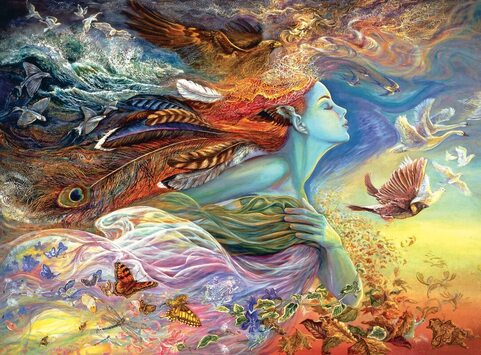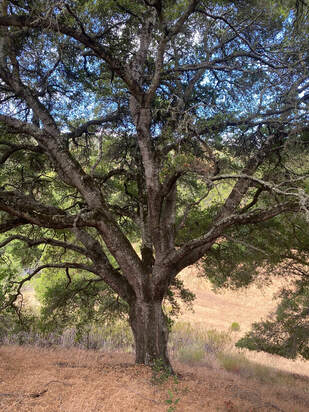“Where should we sit?”, I ask Rachel.
“Let’s sit at the edge of the table so we have more room to move around”, she replies.
“Good idea!”
We place our belongings on two chairs facing each other each other near the studio entrance. Taking our seats, Rachel and I introduce ourselves to a couple sitting next to us. We each begin to use a paper template in front of us to map out design ideas before gluing the mosaic tiles onto the glass globe of our respective lamps.
When our instructors indicate that it’s time to transfer the mosaic tiles and beads onto the glass, I panic. My design is ready, but it doesn’t look or feel like the images I had envisioned for the lamp prior to class. I begin to doubt the colors and shapes I’ve chosen and start to compare my design to those of our neighbors and Rachel.
This is not how this class is supposed to unfold!
To make matters worse, I cannot retain the exact design when I start to glue the mosaic pieces onto the glass. It takes gentle effort and patient precision, two things that are not included in our art supplies as my perception of time begins to contract.
“Let’s just get this over with”, my mind silently shouts as my heart sinks. The kindergartner come middle aged woman feels like she’s messing up. I try to remain positive, plastering a smile on my face and making polite conversation with Rachel and the couple next to us. Inside I feel tense but continue to diligently glue each piece into place.
The pieces are crooked with spaces between them, and the larger designs are not symmetrically spaced around the glass globe. A part of me remembers the joy of art as process over art as product, but that part is stifled by the need to finish the product in the studio time remaining.
*****
The next day, I remove the glass globe and try to fill in the spaces with the plaster provided in the take home kit. Mixing the powder with too much water, the plaster is too thin to stick to the glass. Frustrated, I proceed to wash off all the excess runny plaster. In the process, some beads fall off the glass globe.
Ugghh! This shouldn’t be happening.
Ah, but it is!
Who said that? The voice does not return till I walk away from the mess I am making.
Perfection assesses whether someone or something is worthy, worthwhile. It sees in black and white. This is either all good or all bad. Perfection thrives on fear, rigid judgments, restlessness until perfection is achieved. It’s fragmented, believing happiness resides in a limited range of experience. It’s a constant uphill climb, and forever exhausting.
Wholeness invites all aspects of a mosaic experience, understanding the picture is incomplete with any piece left out. It’s patient, allowing mental and bodily formations to communicate, as the heart bathes the experience in whatever wholesome factor is needed for unification. Wholeness perceives above below, around any fixed view to see and sense with soul, to cultivate contentment in all circumstances.
Perfection or wholeness? Where do you want to live, Kaveri? Even this dual reflection is a cause for suffering. Know that you are shaped by both, that each influences the other, and bow to the full range of life experience.
*****
I decide to walk away from the art project, reflecting on the process instead of the final product. Art is very similar to the meditation process. If my attention is tense, tight, narrow, and analytical, I will perceive the experience as unpleasant. If my attention is more relaxed, soft, expansive, and observing in nature, the experience can be neutral, maybe even pleasant.
Ideas of perfection, wholeness, process and product all swirl around in the limited space of my cranium. I take them to the meditation cushion and sit. Like pinballs, they keep bumping up against walls until there is no controller trying to save and define them. Fixed, judgmental attention transforms into relaxed, loving awareness as metta permeates through the entire space.
May I be gentle with the process.
May there be confidence in the beauty of awareness.
Just as the bell punctuates the end of the meditation sit, an insight arises. Beauty is not limited to a final work of art or an artist. It is also inherent in wholesome mind states brought to any artistic or meditative process. Viewed this way, nothing is an ugly mistake. No parts are left out.
Feeling more curious and connected to the Turkish mosaic lamp, I hold it with tenderness, patiently gluing each small bead back on one by one with crazy glue. Giving it another 24 hours to dry, I wait for my partner to help me assemble it when he has time.
What’s the rush?





 RSS Feed
RSS Feed